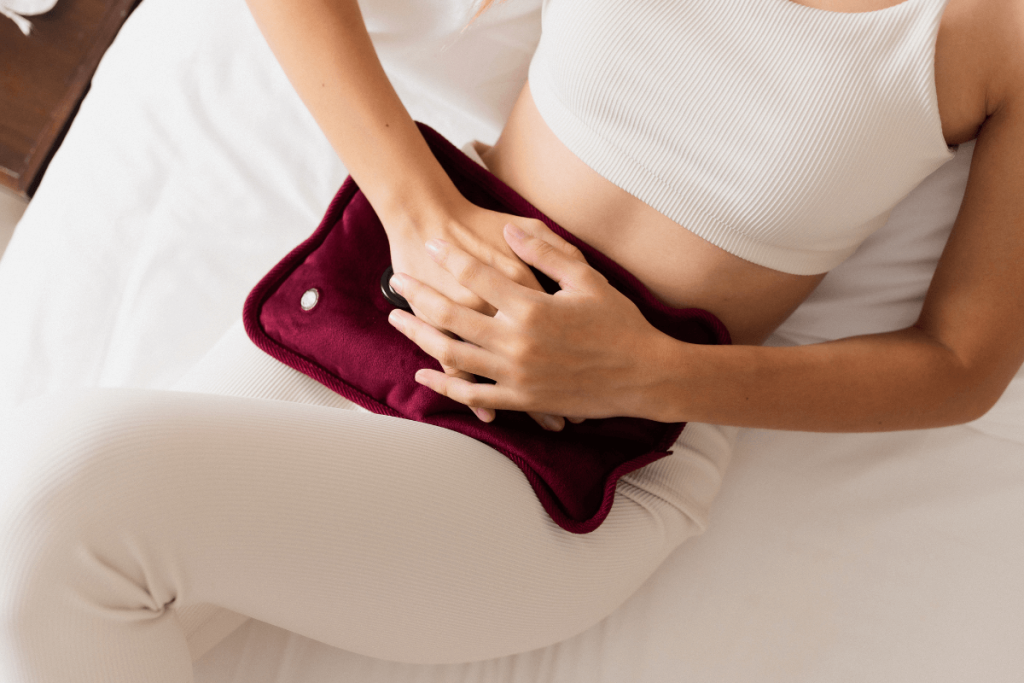
Vasomotor symptoms (VMS), also known as hot flashes, are sudden sensations of warmth often accompanied by sweating and flushing. They affect nearly 80% of the postmenopausal women and many men undergoing hormone deprivation therapy. These symptoms are linked to hypothalamic Kisspeptin/Neurokinin B/B/Dynorphin (KNDy) neurons and neurokinin signaling, impairing sleep, quality of life, cognition, and sometimes leading to discontinuation of cancer therapies. Hormone replacement therapy is effective, but it is often declined due to contraindications, personal choice, and associated risks. Currently, non-hormonal treatment options are available for the management of hot flashes, such as serotonin-norepinephrine reuptake inhibitors (SNRIs), oxybutynin, gabapentin, and selective serotonin reuptake inhibitors (SSRIs). But these options offer limited efficacy and may cause side effects. Novel approaches, including wearable cooling devices (non-pharmaceutical) like KULKUF and neurokinin 3 (NK3) receptor antagonists, are emerging.
A recent pilot study (NCT04865432) published in AACE Endocrinology and Diabetes aimed to assess the safety and efficacy of wrist cooling devices for treating severe hot flashes. This study was a double-blind, prospective, and randomized crossover design. A total of 27 patients (men: mean age = 70.8±7.3 years, and women: mean age = 48.7±13.4 years) experiencing at least two moderate/severe hot flashes in the past two months were included. Of these participants, 12 were prostate cancer patients, 10 were breast cancer patients, and 5 were postmenopausal women. Patients with Raynaud’s phenomenon who were currently using any device or drug treatment and had a lack of cooling sensation at the wrist were excluded from this study.
All study participants were randomized to wear either the KULKUF device (n = 12) or the placebo device (fan, n = 15). The KULKUF active device rapidly cooled to 47°F. Each individual recorded hot flashes in dairies during baseline (1-2 weeks), placebo or active device (3-4 weeks), and crossover (5-6 weeks). The primary endpoint was a reduction in hot flashes, whereas secondary endpoints were the frequency of hot flashes and quality of life. Data were analyzed by paired t-tests, regression models, and generalized linear mixed models (GLMM) through SPSS version 28.
Results showed that the KULKUF device significantly decreased the frequency and severity of hot flashes. Overall, severe episodes declined by 46% (95% confidence interval [CI]: 18-74%, p<0.02). Subgroup analysis revealed that postmenopausal women and prostate cancer patients showed a 50% reduction, whereas breast cancer patients showed a 41% reduction. These effects were consistent over 14 days. GLMM also estimated that the treatment effect remained statistically significant (p < 0.05) after adjusting for age, conditions, and baseline hot flash frequency. Placebo showed a minimal change of 5 to 7% reduction from baseline with p = 0.31 and confirmed that these benefits were due to active cooling. The KULKUF cooling device was safe and well-tolerated, with no reported adverse effects, discomfort, or skin irritation.
This study’s limitations included a small sample size, partial unblinding, reliance on participant diaries, and the use of self-selected samples, which limited the statistical strength, generalizability, and long-term assessment.
In conclusion, the study demonstrates that a wrist cooling device is an effective and safe non-pharmacological intervention for reducing the severity and frequency of hot flashes in postmenopausal women and patients. Future studies should evaluate larger populations, prolonged follow-up, and objective physiological measures. And also need to explore the dose-response relationships between duration, symptom relief, and cooling intensity.
Reference: Uçar N, Shirvani A, Holick MF. Peripheral thermoregulatory modulation for hot flash management: efficacy of novel wrist cooling device in cancer treatment–induced and menopausal vasomotor symptoms. AACE Endocrinol Diabetes. 2025. doi:10.1016/j.aed.2025.09.006













